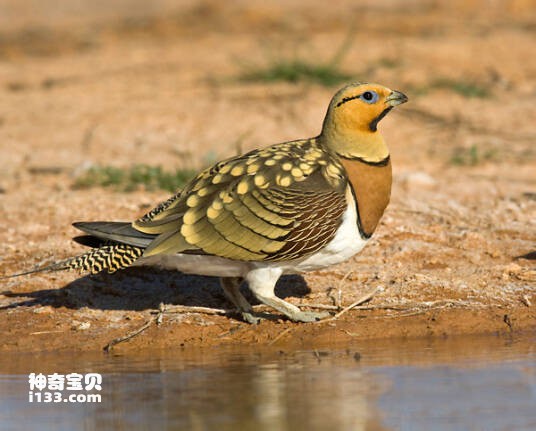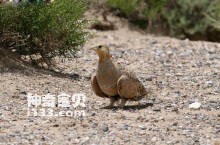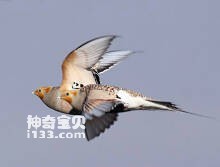
Its scientific name is Pterocles lichtensteinii, and its foreign name is Lichtenstein' s Sandgrouse, whose specific habits are unknown.International Union for Conservation of Nature (IUCN) Red List Protection Level: No Threat (LC).Protect wild animals and eliminate wild meat.Maintaining ecologic...

Pterocles alchata, or Pterocles alchata, lives in flat, dry areas, and the delicate markings on its feathers protect it from sand, pebbles and sparse vegetation. Swarm activity, sometimes in small, loose colonies; Running on short legs to forage for seeds, buds and leaves, the male birds often fly f...

Syrrhaptes tibetanus (Syrrhaptes tibetanus) has no subspecies.Tibetan sandgrouse often move in small groups, sometimes hundreds of large groups. It is found near rocky river valleys, streams and lakes. Sexually bold, not afraid of people, does not fly far when shot at, often the whole group is hunte...

Feather-legged sandfowl (Syrrhaptes paradoxus) Foreign name Pallas' s Sandgrouse, no subspecies.When a sandgrouse walks, its body swings from side to side. Flying in a wave shape forward, usually close to the ground at low altitude, and flying very fast, two wings flap very fast, and issue...